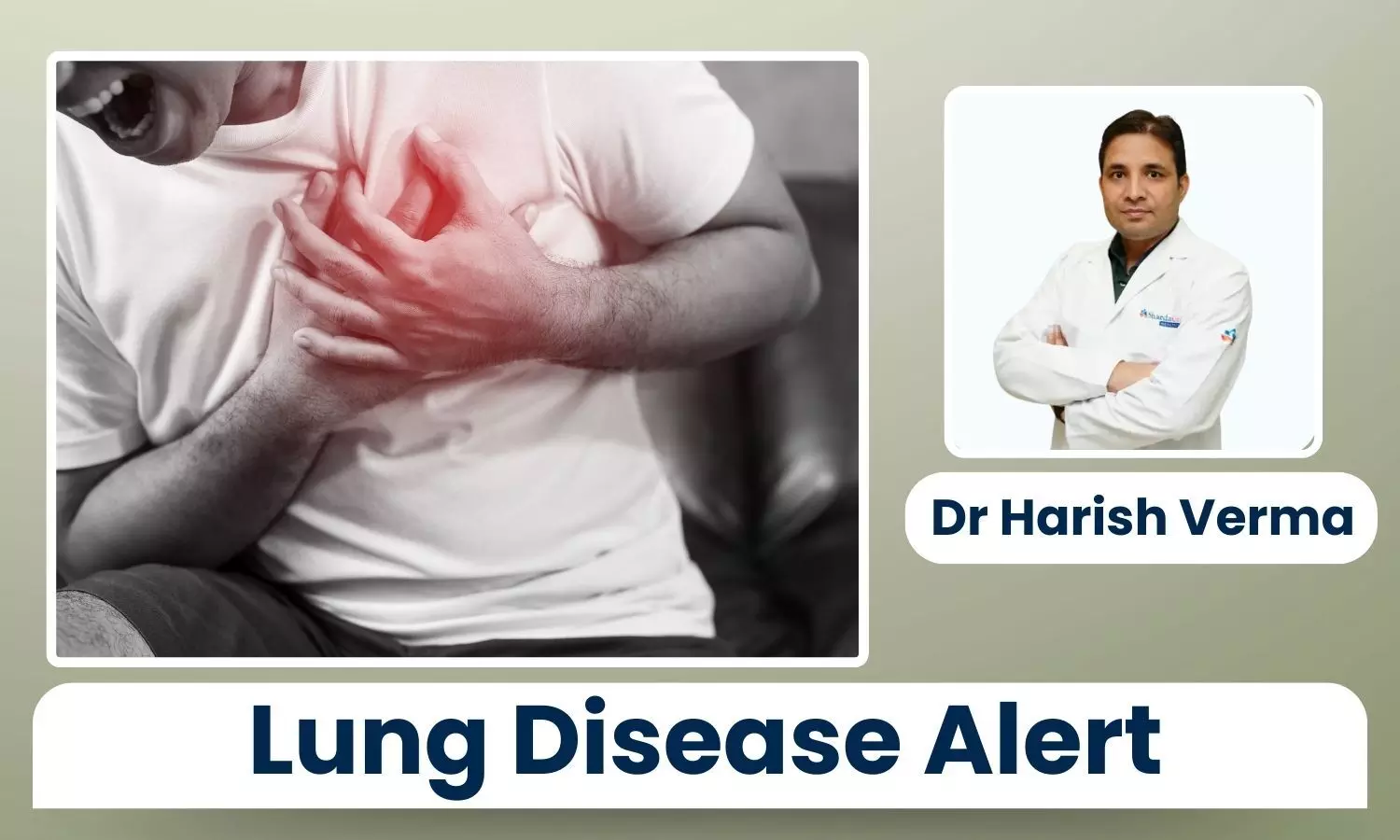Air Pollution and the Alarming Rise of Lung Diseases Among Non-Smokers in India - Dr Harish Verma

India's air pollution crisis has become a silent epidemic, and its most tragic consequence is the alarming rise of lung diseases, especially lung cancer, among non-smokers.
Once considered a "smoker's disease," lung cancer is now increasingly affecting younger individuals, women, and those with no history of tobacco use. This disturbing trend is a direct result of the toxic air we breathe daily, transforming our lungs into a breeding ground for chronic and life-threatening conditions.
The Science Behind the Scourge
The air in many Indian cities is a cocktail of harmful pollutants, with Particulate Matter (PM2.5) being the most insidious. These microscopic particles, 30 times smaller than the width of a human hair, can bypass our body's natural defenses and travel deep into the lungs and bloodstream.
Once inside, they trigger a cascade of cellular damage, including inflammation, oxidative stress, and DNA mutations—all known precursors to cancer.
Our lungs, designed to filter clean air, are now working overtime to combat this relentless assault. The result is a growing number of cases of Chronic Obstructive Pulmonary Disease (COPD), which was once almost exclusively linked to smoking.
Today, air pollution accounts for nearly half of India's COPD cases, a dramatic increase from just a few decades ago. It's a stark reminder that even if you've never touched a cigarette, you are not immune to the devastating effects of air pollution.
A Public Health Emergency
The statistics are grim. In India, a significant portion of newly diagnosed lung cancer patients are non-smokers. Living in a highly polluted city for years can be equivalent to passively smoking multiple packs of cigarettes daily.
Furthermore, non-smokers who develop lung cancer often present with a more aggressive subtype, adenocarcinoma, and are diagnosed at a later, more advanced stage. This leads to a poorer prognosis and a higher risk of the cancer spreading to other organs, including the brain.
This is not merely a health concern; it's a public health emergency that demands immediate action. While the government and various organizations work on long-term solutions, there are steps we can take to protect ourselves.
Actionable Steps for Protection
• Monitor Your Local Air Quality: Stay informed about the Air Quality Index (AQI) in your area. On days with high pollution, minimize outdoor activities and use a high-quality air purifier indoors.
• Wear a Mask: When venturing out on high-pollution days, an N95 or N99 mask can provide a crucial barrier against PM2.5 particles.
• Improve Indoor Air Quality: Indoor air can be more polluted than outdoor air. Use air purifiers, maintain proper ventilation, and avoid burning household fuels that produce smoke.
• Adopt a Healthy Lifestyle: A diet rich in antioxidants and regular physical activity can help bolster your body's defences against inflammation and cellular damage.
• Seek Medical Advice: If you experience symptoms like a persistent cough, shortness of breath, wheezing, or chest pain, consult a pulmonologist. Early diagnosis is key to better outcomes. A simple spirometry test can detect lung damage in its early stages.
The rising prevalence of lung diseases among non-smokers is a wake-up call. We must recognize that clean air is not a luxury but a fundamental human right. Protecting our lungs is no longer a personal choice; it's a collective responsibility.
Disclaimer: The views expressed in this article are of the author and not of Health Dialogues. The Editorial/Content team of Health Dialogues has not contributed to the writing/editing/packaging of this article.


